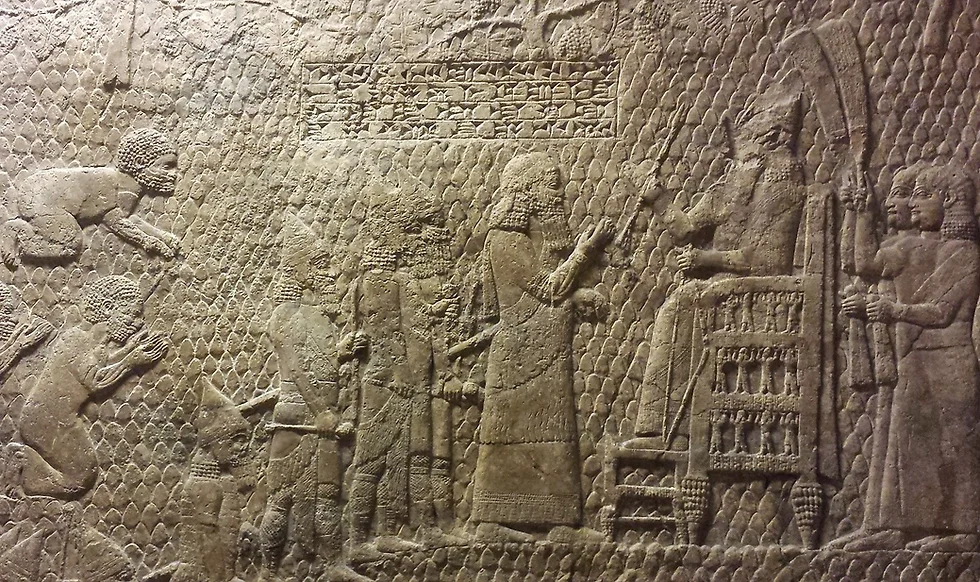British historian, Stephen Compton, believes he has identified two military camps used by the Assyrian king Sennacherib during the siege of the ancient cities of Lachish and Jerusalem.
These claims require further research and verification by the scientific community.
British historian, Stephen Compton, believes he has identified two military camps used by the Assyrian king Sennacherib during the siege of the ancient cities of Lachish and Jerusalem.
If his speculations are true, it could mean a significant discovery that will shed new light on biblical stories.
Approximately 701 BC, Sennacherib, king of Assyria, conducted his most significant military campaign, attacking the kingdom of Judah, besieging Jerusalem and the ancient city of Lachish. These events were recorded in both the Bible and ancient Assyrian inscriptions.
Compton, a British historian specialising in Near Eastern archaeology, claims to have identified both military camps used by Sennacherib. His findings are based on the analysis of a bas-relief from the British Museum depicting the siege of Lachish and on a comparison of this bas-relief with photos of the city from the 20th century.
Compton identified an oval structure that he believed may have been an Assyrian camp. His research also points to the potential site of a second camp near Jerusalem, based on aerial photographs and records from 19th-century excavations.
If Compton’s speculations are true, it would not only confirm the biblical stories, but also the possibility of discovering a place known as Nob, where the historian believes the Tabernacle, a portable temple built by Moses, may have been located.
However, these revolutionary claims require further research and verification by the scientific community. In the case of the camp near Jerusalem, carrying out new excavations may be difficult due to the numerous conflicts and changes that took place in the area in the 20th century.
Compton’s research was published in the journal Near Eastern Archeology.


